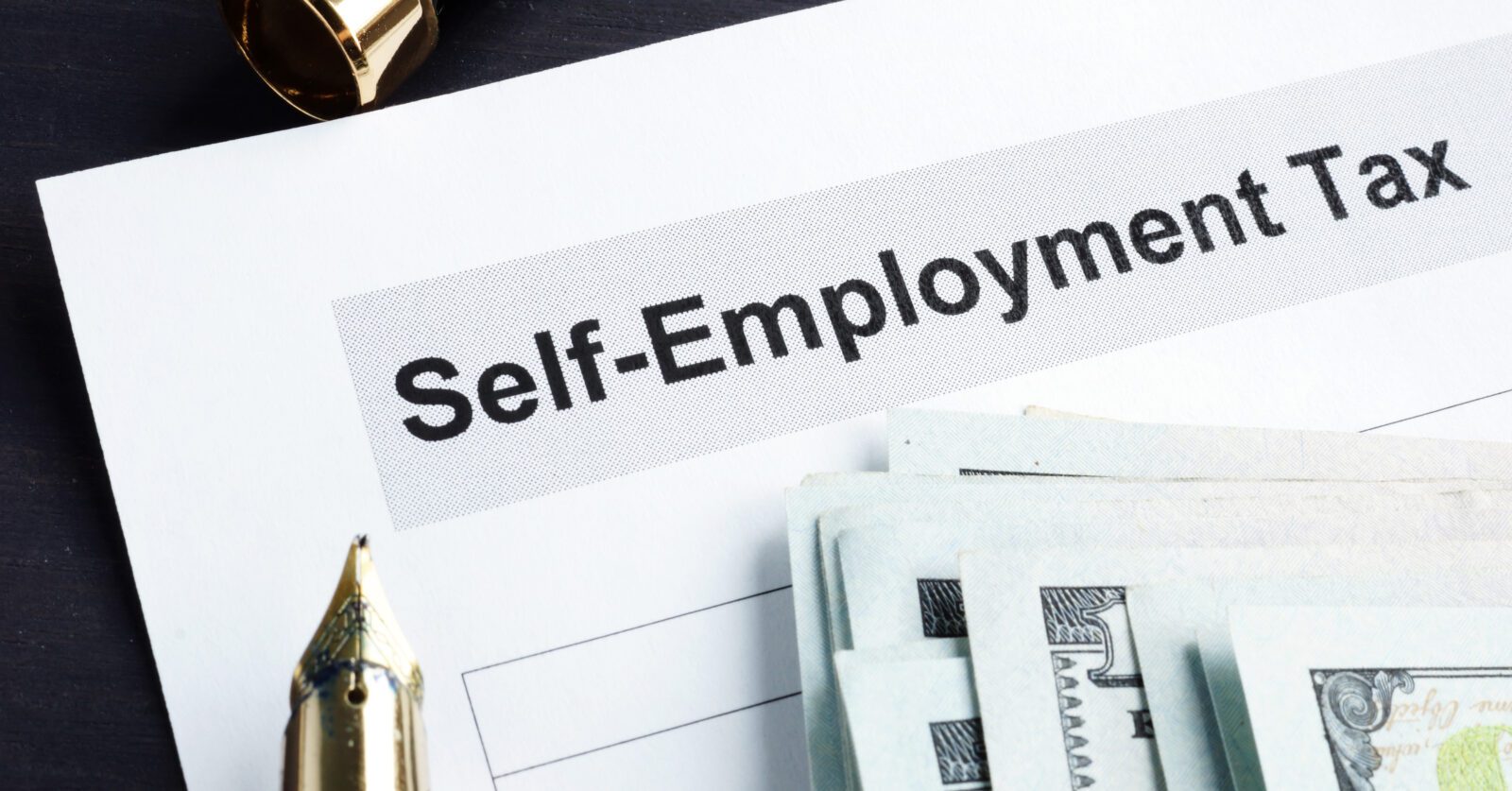
Renewed Focus on Self-Employment Tax
There has been a greater focus on self-employment tax in recent years than in past years. There is ongoing litigation on what “limited partner, as such” under Section 1402(a)(13), added in 1977, means. This special rule provides that net earnings from self-employment do not include the distributive share of any item of income or loss of a limited partner, except for guaranteed payments for services rendered to or on behalf of the partnership.
Defining a Limited Partner for SE Tax Purposes
Does limited partner mean that under state law, you are a limited partner, or does it depend on what the partner does? After all, Congress did not just say “limited partner,” it wrote “limited partner, as such.” Most limited partners are not involved in partnership operations, but some, as hinted at in (a)(13) above, provide services for which they receive a guaranteed payment.
Recent Litigation
Some “limited partners” may be involved in key activities of the partnership, as seen in a recent case, Denham Capital Management LP, TC Memo 2024-114 (Dec. 23, 2024). As noted by the Tax Court: “The Partners treated their work for Denham as their full-time employment. Each of the Partners participated in the management of Denham in some way.”
In this case, the court agreed with the IRS that these individuals were not true limited partners. They found that these partners were operating the business in a manner that Congress would view them as subject to the SE tax.
There are other cases in appeals, such as Soroban Capital Partners LP, 161 TC 310 (2023).
Updated IRS Training and Guidance on SE Tax
In January 2025, the IRS updated its training materials on SE tax, providing extensive background on the relevant law and issues.
Tax Implications for Limited Partners
These limited partnership cases involved substantial amounts, exceeding the Social Security wage base of $176,100 for 2025. Hence, the issue is whether the limited partners owe a Medicare tax of 2.9% on their distributive share, plus the 0.9% additional Medicare tax under Section 1401, for a total of 3.8%.
Interaction with NIIT and Passive Activity Rules
What is not addressed in the cases is the Section 1411 net investment income tax (NIIT) and the application of Section 469, which limits the deductibility of passive activity losses. Because the limited partners worked over 500 hours in the partnership, assuming it was just one activity, they are material participants so the income is non-passive (active) and not subject to the NIIT (Reg. 1.469-5(f)). If on appeal, these partners win and are not subject to SE tax, they still won’t owe the NIIT.
Legislative Outlook
The FY2025 Treasury Greenbook under President Biden includes a proposal (also suggested by others), that basically would find that income above the Section 1411 and 1401 thresholds ($200K if Single, $250K if MFJ) will be subject to either the additional Medicare tax (total rate of 3.8%) or the NIIT (also at 3.8%). See page 73 of the Greenbook.
Will we see any clarification or change to Section 1402(a)(13) to perhaps not only address what “limited partner” means but also how Congress thinks this applies to LLC members (the IRS and Tax Court apply a functional analysis to LLC members as well as to limited partners as such). This cannot happen in the upcoming tax bill, which will be handled via the budget reconciliation process, because one of several limitations on this approach is that it allows only 51 votes in the Senate, rather than the 60 required, and therefore cannot address Social Security.
I don’t think we’ll see separate legislation on this topic, but we should see more rulings, including from courts of appeals.
This topic will also be covered at the upcoming May 20 webinar, Self-Employment Tax: Today’s World of Sharing, LLCs, and LPs.
Original article published April 21, 2025. Reprinted her with permission.
By Annette Nellen
Director & Tax Professor, MS Taxation Program
San Jose State University




